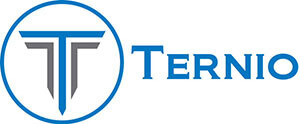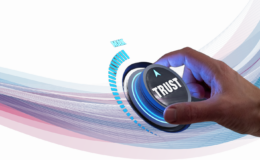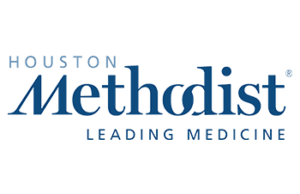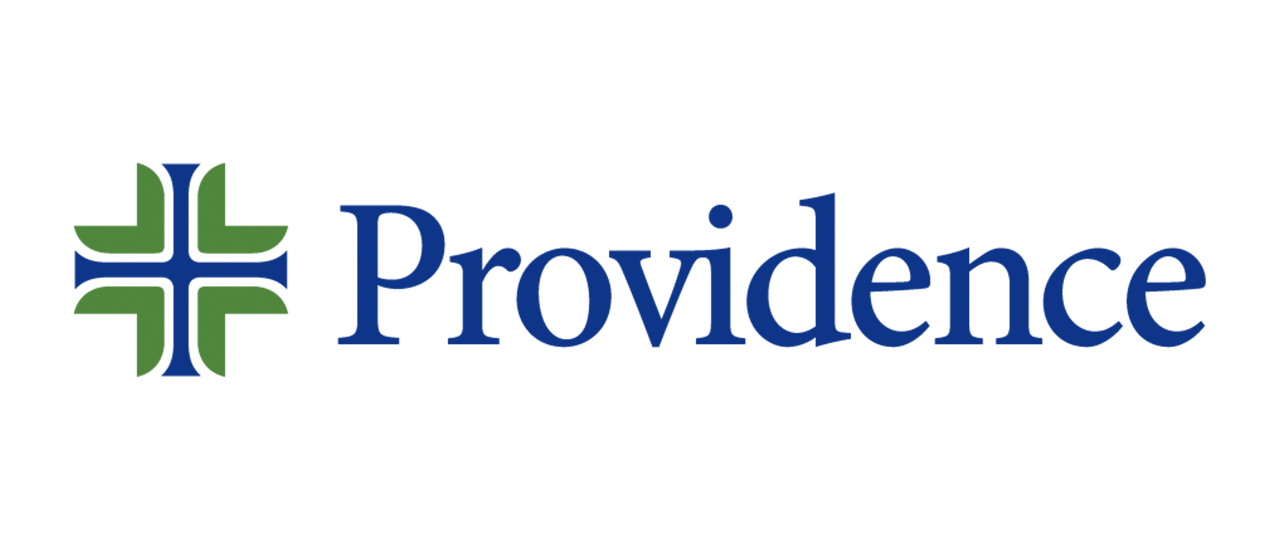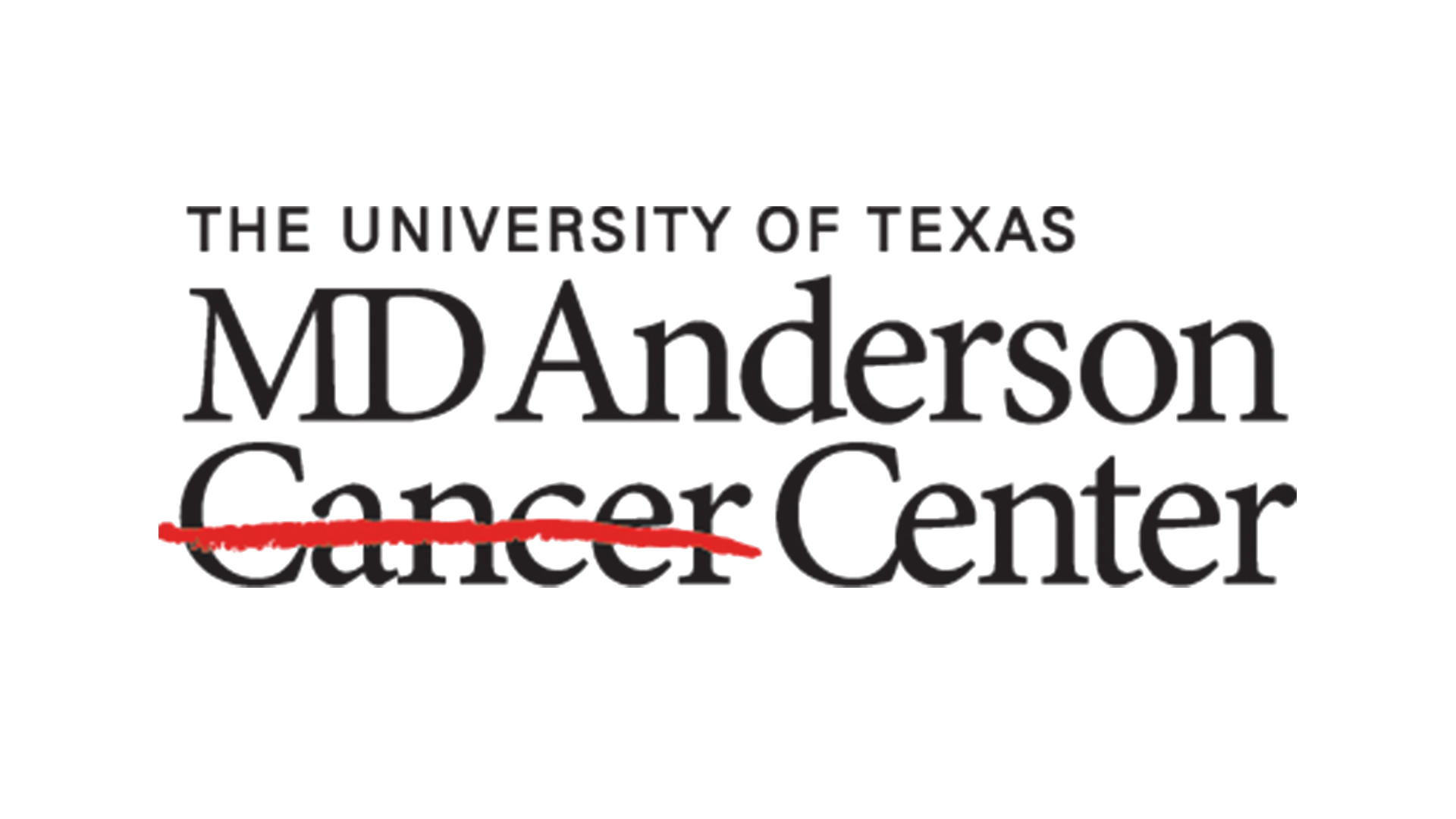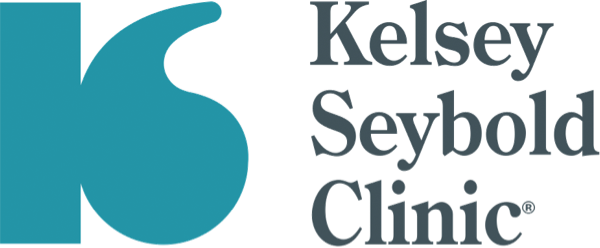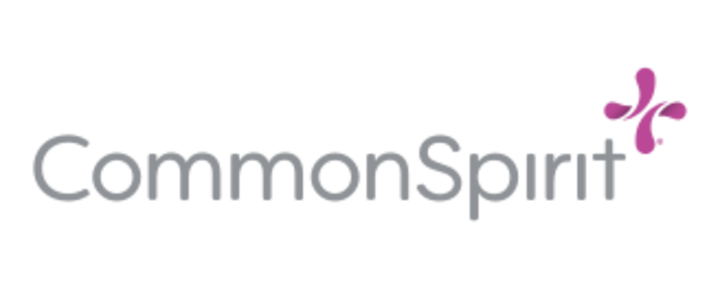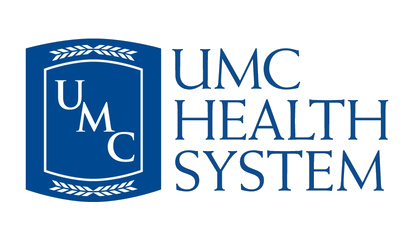The Buried Treasure of Uncollected/Unexamined Data
Ternio Newsroom Staff | February 16, 2022
The entrepreneur, author, and philanthropist Peter Diamandis tells an instructive story about the value of data:
Founder and former Chairman of Goldcorp, Rob McEwen had a problem. Though he owned tons of geological data, none of Rob’s in-house “experts” could tell him where to find new sources of gold. He suspected that the data he already owned contained the knowledge he sought, so he offered a prize of $500,000 to whoever could analyze that data and help him locate his next 6 million ounces of gold. That $500,000 investment led to a discovery worth $3 billion.
In Mr. Diamandis’s telling, the important takeaway is the role that crowd-sourcing the solution played in the discovery. But let’s back up a little: the solution was already in the data that his company already had. It had simply not yet been turned into knowledge.
A Shift in Perspective
The Affordable Care Act provided an incentive to coordinate patient care through ACOs (Accountable Care Organizations) and marked a turning point as providers continue to transition from a “pay per service” model to a “pay per value” model. This shift in perspective stimulated a focus on how hospitals can improve the patient experience while simultaneously reigning in costs. A logical place to seek these improvements is in the supply chain. But wringing savings out of the supply chain demands that the organization understand exactly how much it costs to deliver patient care and to identify and quantify where there is likely to be waste.
Mountains of Data
Hospitals and health care providers have access to mountains of supply chain-related data, the depth, and breadth of which would be the envy of most other businesses. In fact, IT leaders have known about the goldmine in healthcare data for some time. As far back as 2016, 69% of IT leaders stated that they were prioritizing the healthcare supply chain as “the most valuable asset for actionable data mining”[i].
“What instruments and supplies are used most often?”
“What instruments and supplies are seldom used, but purchased and prepped regularly?”
“How much time do clinicians spend on particular supply chain and inventory tasks?”
“What is clinicians’ time worth, and how could it be better used?”
The answers to the above questions (and many more!) are in the supply chain data. When properly collected and analyzed, this data can help identify ways in which the patient experience can be enhanced — while saving money in the process.
Data to the Rescue
Here are just two examples of how proper data collection and analysis can help hospitals achieve the seemingly contradictory goals of improving care and saving money at the same time:
- More Time for Patients
Nearly 20 percent of physician’s and nurse’s workweek is spent on supply chain and inventory management. Data analysis can point the way to process changes that allow for much this time to be redirected to patient care, research, and education/training.
- Physician Preference
Some estimates indicate that physician preference items account for over 60% of healthcare supply chain spending. Examination of the data can illuminate inventory gaps and process repetitions that can be mitigated or eliminated, freeing up physician resources to focus on patient outcomes. Transitioning the management of supply inventory away from physician preferences and integrating these steps into the supply chain provides a more efficient solution.
A (Largely) Untapped Resource
Data only becomes actionable knowledge once it has been collected and analyzed. Unfortunately, this seems to have been a shortcoming for many hospitals. A 2017 Cardinal Health Hospital Supply Chain Survey of hospital staff fielded by SERMO found that 78% of respondents were manually counting inventory at some point in their supply chain and only 17% stated that their hospital had implemented an automated technology system to track products and inventory in real time[ii]. Our experience here at Ternio shows that a surprising number of hospitals have vast improvement opportunities in the collection, analysis, and measurement of their supply chain data. The good news? It’s never too late to start!
[i] Michigan State University, “Changes and Challenges in the Healthcare Supply Chain, updated June 30, 2021
[ii] Cardinal Health, “Survey Finds Hospital Staff Report Better Supply Chain Management Leads to Better Quality of Care and Support Patient Safety”, February 2017
